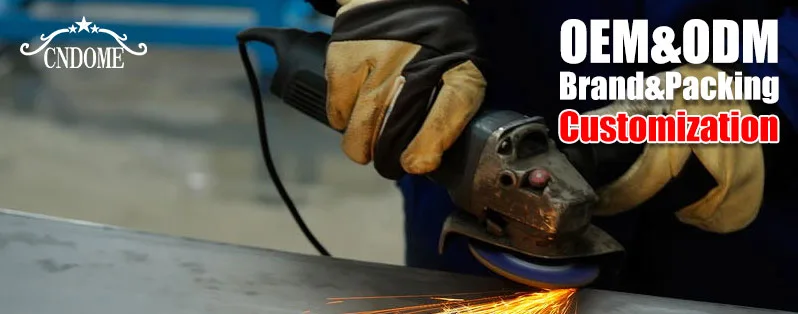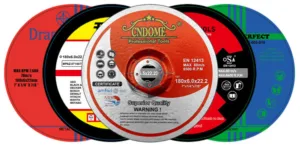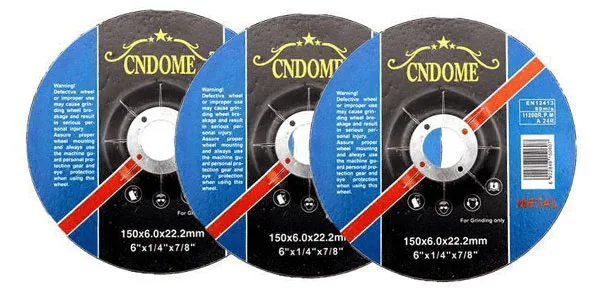Grinding wheels are indispensable tools across various industries, facilitating tasks ranging from sharpening blades to shaping metals. These wheels come in a plethora of sizes, each catering to specific applications. Understanding the popular sizes of grinding wheels is crucial for achieving optimal performance and efficiency in machining processes. In this guide, we’ll delve into the different sizes and their corresponding uses.
1. Diameter
The diameter of a grinding wheel is one of its most fundamental aspects, determining its compatibility with different machinery and applications. Common diameters range from a few inches to several feet. Here are some popular sizes and their typical applications:
- 4 to 6 inches: These smaller wheels are commonly used in handheld grinders for tasks such as metal fabrication, sharpening tools, and surface finishing.
- 7 to 14 inches: Medium-sized wheels find applications in both handheld and stationary grinding machines. They are versatile and suitable for tasks like surface grinding, cylindrical grinding, and tool sharpening in workshops and industrial settings.
- 16 to 24 inches: Large wheels are primarily used in industrial settings for heavy-duty grinding tasks. They are ideal for stock removal, precision grinding, and large-scale machining operations.
2. Thickness
The thickness of a grinding wheel plays a crucial role in its performance and durability. Thicker wheels offer greater stability and longevity but may sacrifice some precision, while thinner wheels provide finer finishes but may wear out faster. Here are some common thicknesses and their applications:
- 1/8 to 1/4 inch: Thin wheels are suitable for precision grinding tasks that require fine finishes, such as tool and die making, surface grinding, and sharpening.
- 1/2 to 1 inch: Medium-thickness wheels strike a balance between stability and precision, making them suitable for general-purpose grinding in workshops and manufacturing facilities.
- 1 to 2 inches: Thick wheels are preferred for heavy-duty grinding applications that involve high material removal rates, such as stock removal and rough grinding of metals and alloys.
3. Arbor Size
The arbor size of a grinding wheel refers to the diameter of the central mounting hole. It determines compatibility with specific grinding machines and spindle sizes. Common arbor sizes include 1/2 inch, 5/8 inch, 3/4 inch, and 1 inch, with metric equivalents also available.
4. Grit Size
Grit size denotes the coarseness or fineness of abrasive particles embedded in the grinding wheel. Lower grit numbers indicate coarse abrasives suitable for rapid material removal, while higher grit numbers signify finer abrasives for smoother finishes. Popular grit sizes range from coarse (24-60 grit) to fine (120-600 grit), with variations tailored to specific applications.
Conclusion
Grinding wheels are essential tools in various industries, offering versatile solutions for shaping, sharpening, and finishing materials. Understanding the popular sizes of grinding wheels and their corresponding applications is crucial for selecting the right tool for the job. Whether it’s precision grinding or heavy-duty stock removal, choosing the appropriate diameter, thickness, arbor size, and grit size ensures optimal performance and efficiency in machining processes.



